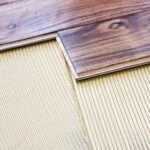Expert advice about the strategies and programs available to assist with the development of green home design.
Global warming is an inescapable reality. As such, more people are beginning to adopt a sustainable mindset that focuses on prevention, protection, and preservation.
Moving well beyond traditional measures such as recycling, homeowners are looking for other ways to minimize their carbon footprint. In fact, a movement is growing in which homeowners are considering solutions that can greatly reduce the huge impact that residential homes have on the environment.
The statistics are jarring. Residential buildings generate approximately 30% of greenhouse gases.
This is why sustainable real estate initiatives play a considerable role in achieving federal environmental targets. California is the first state to have implemented green solutions into its laws. As of January 1, 2020, all new home constructions in California require solar panels. Furthermore, the governor passed an executive order for an economy-wide carbon neutrality by 2045.
The good news is that other states and cities are jumping onboard, setting lofty goals for residential construction that not only create new energy but also require less energy to run. Along with these types of regulations, it is also important that the costs of green materials be reduced. This helps to entice a growing marketplace populated by conscious consumers.
Green Home Building Programs
When undertaking the new construction of an environmentally sound and highly efficient home, the number of standards and labels is overwhelming. Do you choose Net-Zero, LEED or Passive House? As a general guide, the following outline is a great starting point for those who’ve got their sights set on greener pastures.
LEED
LEED is an acronym for Leadership in Energy and Environmental Design. This credit-based standard for homes covers a broad range of environmentally friendly elements such as non-toxic paints, FSC-certified wood, green-friendly locations, water efficiency, and the recyclability of construction waste.
Net Zero
A Net-Zero home must produce at least as much energy as it uses each year.
Careful consideration is given to both reducing the house’s energy demands and producing energy through renewable technologies.
The simplest way to achieve this careful balance is to implement energy efficiency strategies at the initial design phase.
The idea is to produce energy on-site through renewable technologies and to provide a home’s infrastructure that supports the system that has been put in place.
Careful design can result in 80% more efficiency than the average new build. This drastically reduces the size of the renewable system needed to achieve Net-Zero.
Passive House
The Passive House standard works with performance-based targets, including heating/cooling demand per square foot, the energy demand per square foot, and the total air leakage emitted within an airtight envelope.
In addition to a highly efficient building shell, the design retains the warmth of the sun in the winter and takes advantage of cooling, shading techniques during the summer season.
Sustainable Home Savings
Although the initial cost of sustainable construction can sometimes be higher than conventional building, the long-term savings are extremely significant.
Those who choose to own and live in an energy-efficient certified home will reap a long list of benefits such as:
- Reduced energy bills
- A lower carbon footprint for the fight against climate change
- Maximized natural light
- Healthier and cleaner indoor air
- Quiet and peaceful interiors
- Living in a durable and low maintenance home
- Enjoying a higher resale value
- Protection from inflating energy prices
Green Building Design and Construction Team
To get started choosing the team for designing and building a green home, harness the power of the Internet. Search for key terms such as “Passive House”, “LEED”, “Net-Zero” or “Green Builder,” and then tailor these searches to your town, city, or region. This is bound to generate a list of potential builders and design teams.
Choosing an integrated design process is the recommended approach to achieving the ultimate green home. Through this process, all parties involved can work toward the same goal, ensuring total efficiency and optimization of the building shell, and using high efficiency mechanical systems and energy sources.
Homeowners who are unable to find an integrated team within their geographical area can benefit from hiring a designer who can recommend a builder, or vice versa.
Once the choices of regional green builders have been narrowed down, homeowners need to ask each candidate questions to help identify whether or not they can execute the energy efficiency elements of the design.
There are some red flags. Avoid builders who insist that building codes are “good enough” or those who use phrases such as “a house needs to breathe.”
It’s important to find a builder who is certified in the standard you are targeting or who has some experience in energy efficiency building methods and a willingness to learn.
When making a choice, references are key. The right construction company will be willing to share past client experiences and testimonies, and show you a portfolio of completed projects.
Direct the following questions toward builders to discern the good from the bad:
- Have you built energy-efficient or high-performance homes?
- Have you built an airtight home or what airtightness rating have you achieved on your projects?
- Which renewable energy sources have you installed?
- Have you completed any training on energy efficiency building methods?
- Are you certified in one of the energy efficiency programs?
Summing Up Green Building
As energy costs rise and the climate crisis intensifies, more and more homes will be constructed with a sustainable design. More and more millennials and others who are particularly aware of their impact on the environment, will be attracted to single-detached, Net-Zero, Passive House and LEED homes.
In the long run, the costs of sustainable building will become more affordable and mainstream, leading the way to a harmonious and more conscientious future for all.
About Natalie Leonard, P.Eng.
Natalie Leonard is a Certified Passive House Consultant and Certified Passive House Builder. As an engineer and the founding partner of Passive Design Solutions she has completed over 100 Passive House projects that are net-zero ready. Committed to reducing the housing industry’s notable carbon footprint, the team has recently launched a line of ready-to-build Passive House design plans, available online to the general population.
NEXT SEE: 10 Green Remodeling Technologies



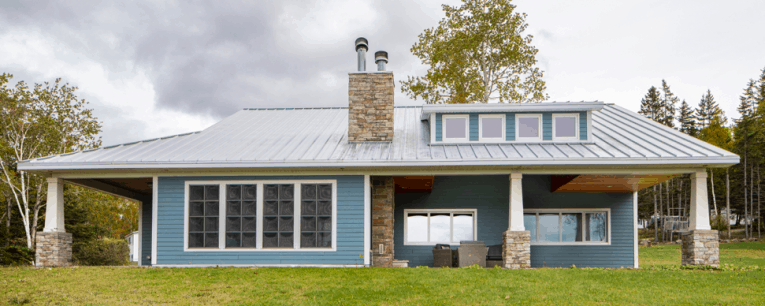
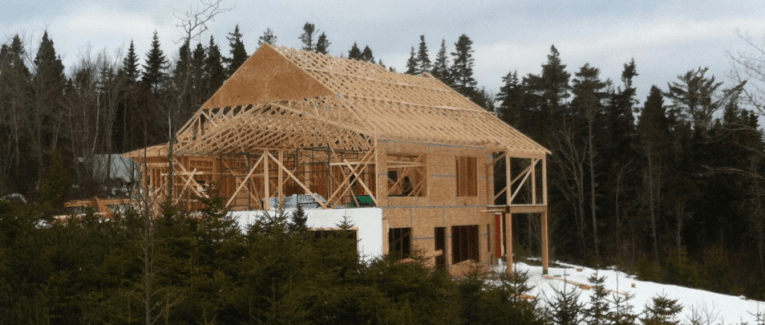
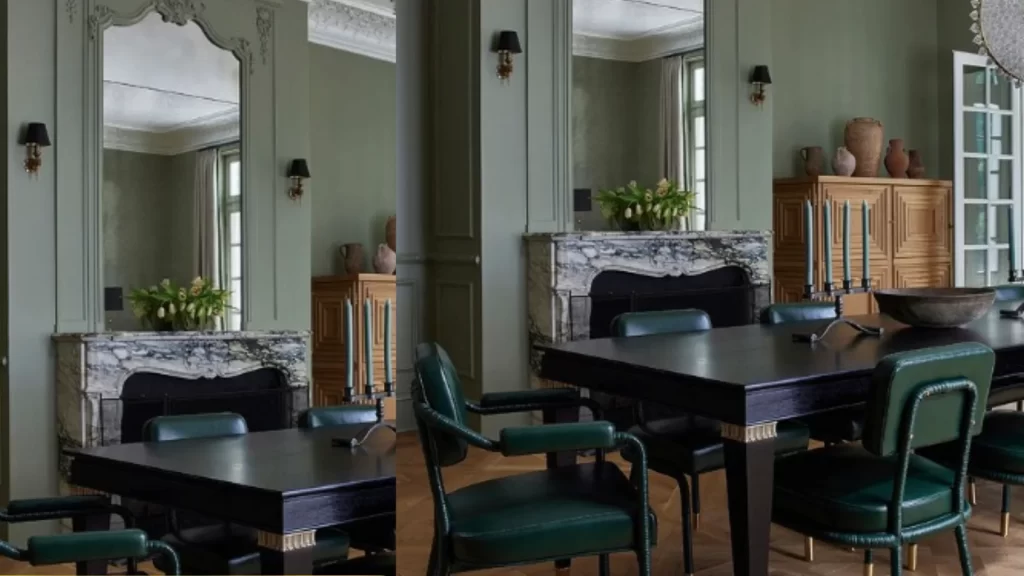

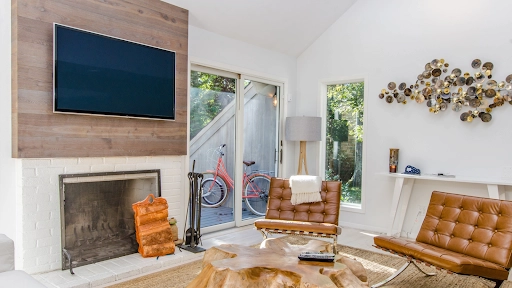

 Don Vandervort writes or edits every article at HomeTips. Don has:
Don Vandervort writes or edits every article at HomeTips. Don has:
